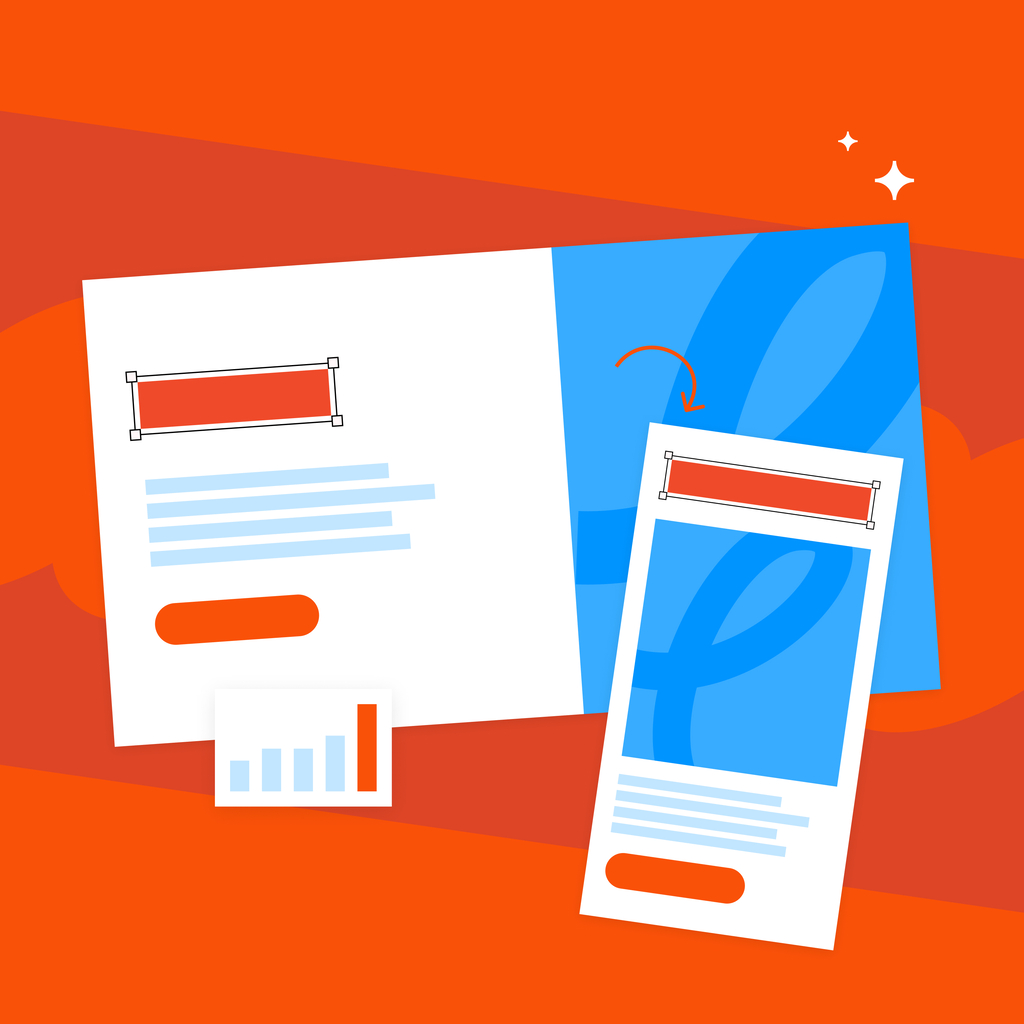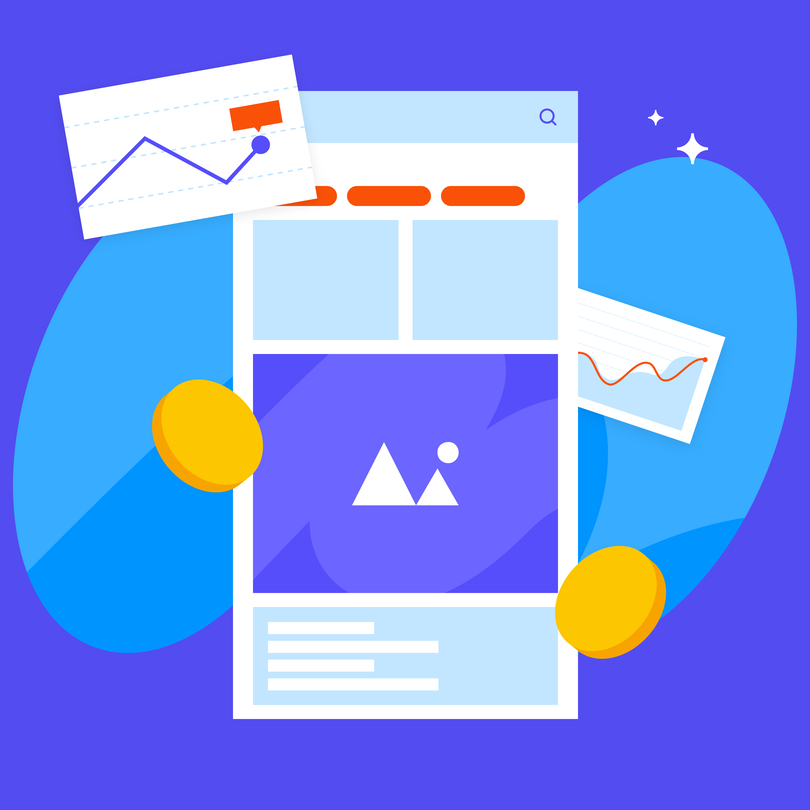Although the mobile-first indexing initiative was started by Google as far back as 2016, it is after July 5 of the current year that it will be fully completed.
The soon upcoming change relates to the fact that the last few websites still scanned by desktop Googlebot are switching to mobile Googlebot. This means that the Googlebot Smartphone is to be the only tool used for crawling and indexing websites after July 5.
Is This Verified Information?
It is John Mueller from Google who announced on their own blog that the small number of sites still crawled with desktop Googlebot will be crawled with mobile Googlebot after July 5, 2024. He explained that the largest part of the web is already being crawled like this, so this won’t pose any change for those. However, if the website’s content is not at all accessible via mobile devices, it will no longer be indexable, he said.
What Does This Mean for Non-Mobile-Friendly Websites?
This, however, doesn’t mean that Google won’t index your website if it isn’t mobile-friendly, it only means that it won’t index it if it doesn’t load at all on mobile devices. As long as you have a desktop version that does load on a mobile device, you needn’t worry, at least for now.
Nonetheless, it is high time you check your site’s accessibility on mobile devices, and ensure it is rendered by using the Google Search Console URL inspection tool. If your site can’t be seen by the Googlebot, it won’t be indexed or ranked, which could seriously impact your business if you don’t act in time.
How Can You Prepare for the Change?
To ensure your website remains listed on Google, you should check mobile compatibility. This can be done using Google’s Mobile-Friendly Test tool to evaluate how well your site performs on mobile devices and identify areas needing improvement.
As this change is the result of Google keeping it user-friendly at its finest (as most users search on smartphones now), you should also keep users in mind and not forget that speed is crucial for them. Utilize tools like Google PageSpeed Insights to optimize your site’s loading times on mobile devices.
Now is the time to implement responsive web design practices to ensure your site adapts seamlessly to various screen sizes and orientations, providing a consistent experience across all devices.
Regularly test your website on multiple devices and browsers to confirm it functions properly for all users. The URL Inspection tool in Google Search Console offers insights into how Googlebot views your site, helping you detect and fix mobile rendering issues.
Desktop Crawling Won’t be Gone Completely
Despite the transition to mobile-first indexing, Googlebot Desktop will remain in use for certain tasks. It will continue to crawl specific types of content, such as product listings and Google for Jobs data. This means that, while the majority of crawling will be conducted by the Googlebot Smartphone, the desktop crawler will still appear in server logs and reports for these specialized searches. Google’s decision ensures that all types of content are appropriately indexed and accessible.
Immediate Steps for Non-Mobile Accessible Websites
If your site’s content isn’t accessible on mobile devices, it will no longer be indexable after the transition to mobile Googlebot on July 5, 2024. Website owners should act quickly to ensure mobile accessibility. The best course of action is to seek professional SEO services as soon as possible to address these issues and maintain your site’s position on Google.





